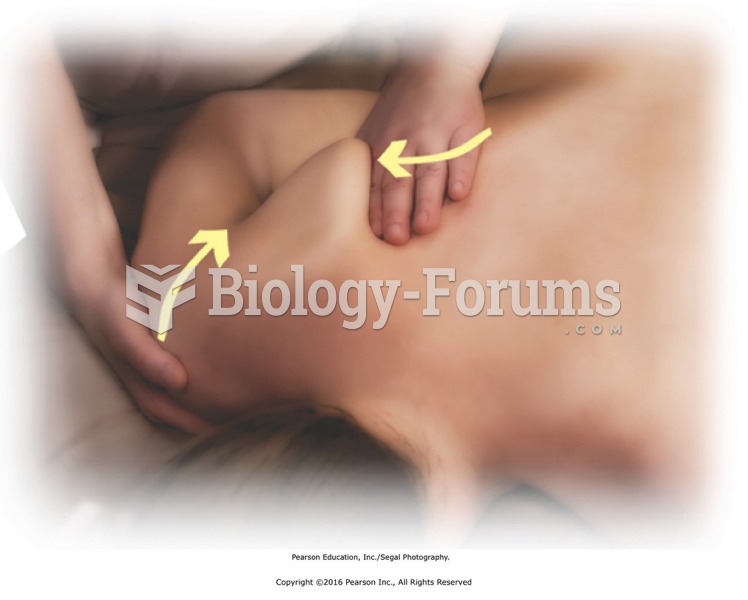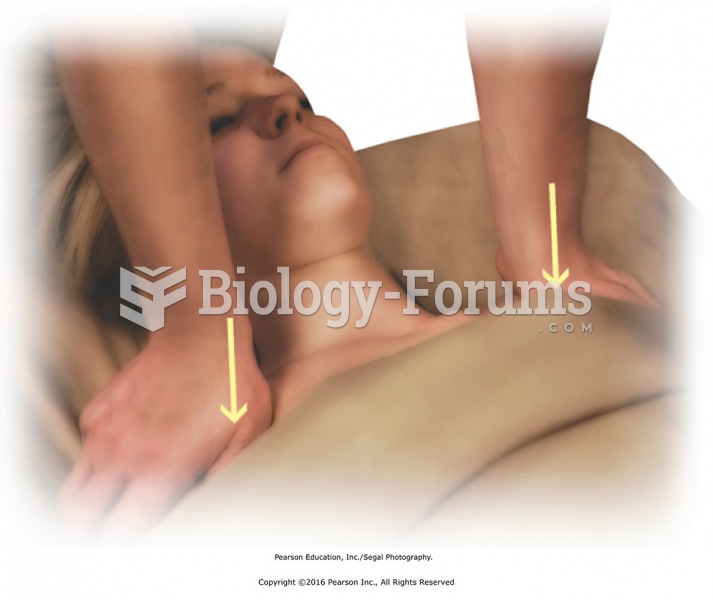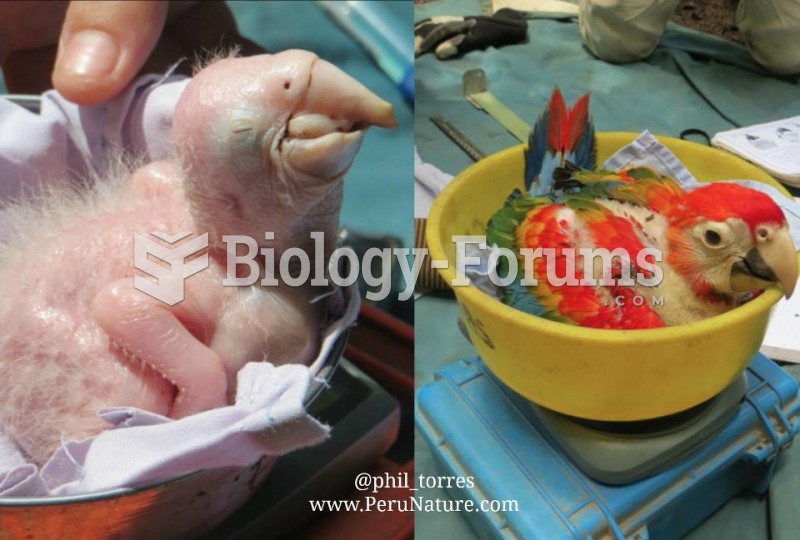|
|
|
GI conditions that will keep you out of the U.S. armed services include ulcers, varices, fistulas, esophagitis, gastritis, congenital abnormalities, inflammatory bowel disease, enteritis, colitis, proctitis, duodenal diverticula, malabsorption syndromes, hepatitis, cirrhosis, cysts, abscesses, pancreatitis, polyps, certain hemorrhoids, splenomegaly, hernias, recent abdominal surgery, GI bypass or stomach stapling, and artificial GI openings.
Thyroid conditions cause a higher risk of fibromyalgia and chronic fatigue syndrome.
By definition, when a medication is administered intravenously, its bioavailability is 100%.
Earwax has antimicrobial properties that reduce the viability of bacteria and fungus in the human ear.
The familiar sounds of your heart are made by the heart's valves as they open and close.
 Standing at the side of the table facing the head, mobilize the scapula by pressing along medial ...
Standing at the side of the table facing the head, mobilize the scapula by pressing along medial ...
 Stretch anterior tissues by pressing down on shoulders. Stand at the head of the table. Place the ...
Stretch anterior tissues by pressing down on shoulders. Stand at the head of the table. Place the ...





